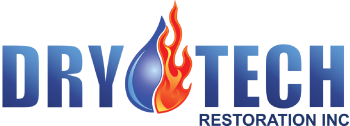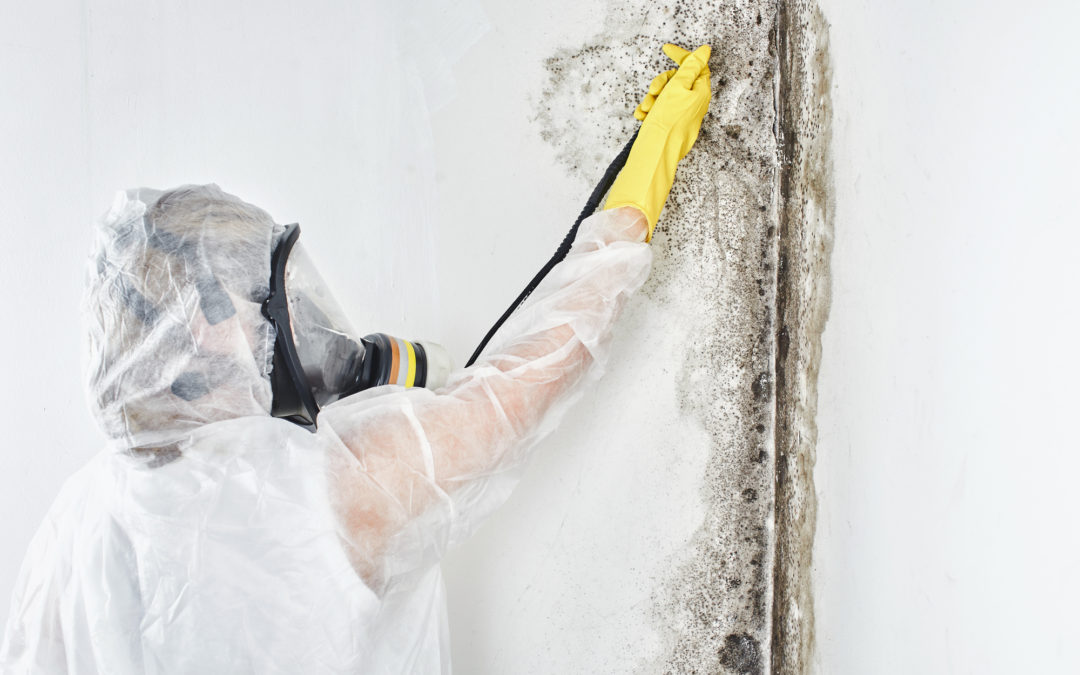WHY USE A PROFESSIONAL MOLD REMEDIATOR
Certified mold assessors and remediators establish specific mold remediation procedures and safety plans for performing mold removal. Technicians remove materials and structural components that cannot be salvaged, and treat all affected areas with antimicrobial cleaning agents, and in some cases may even apply an antimicrobial paint to help prevent the future growth and reproduction of mold.
Original Source: The Complete Guide to Cleaning and Restoration
WHAT DOES IT MEAN TO BE A LICENSED MOLD REMEDIATOR?
In the State of Florida Mold remediators must have at least 2 year degree in microbiology, engineering, architecture, industrial hygiene, occupational safety, or a related field of science from an accredited institution and a minimum of one year of field experience, or, a high school diploma or equivalent with 4 years of documented field experience. Each biennial, continuing education is also required to renew a state license.
What is Stachybotrys?
Stachybotrys is a type of mold that is present in the environment. Out in the natural world, this type of mold helps to break down organic matter; however, it can be found indoors if the conditions are right.
This particular mold is attracted to natural materials including wood chips, hay, and straw, and also thrives among building materials such as drywall, paper files, wallpaper, and cardboard boxes.
Conditions that encourage the growth of Stachybotrys include:
- A nutrient source
- High humidity levels of 90% or higher
- Standing water
While these are prime conditions for the initial growth of Stachybotrys, the mold can continue to grow even after the main water source dries up and the humidity drops.
What does it look like?
Stachybotrys is black or dark brown in color and often has a sooty or slimy appearance. Other molds often have a similar appearance, so you’ll need to have the area tested to make sure you know what it is.
The Dangers of Stachybotrys
Stachybotrys, like all molds, can be dangerous to your health. Individuals may experience health issues if they physically touch, ingest, or breath in this type of mold.
The following are common symptoms that can occur with short and long-term exposure to Stachybotrys:
- Watering of the eyes and nose
- Allergic reactions
- Bacterial and viral infections (E.g. the flu)
- Sore throat
- Dizziness
- Nausea
- Coughing with blood
- Bleeding of the lungs
- Attention-deficit
- Memory loss
- Neurological disorders
Taking Care of Stachybotrys
If you suspect that you have found Stachybotrys in your home, it is imperative that you have it checked right away. Dealing with mold can be dangerous, so you’ll want to contact certified mold remediation experts to handle your mold situation.
This is incredibly important since the longer your home is exposed to Stachybotrys, the more dangerous it becomes. The experts will assess your mold problem, and find out the extent of the problem before creating a plan of attack.
Depending on the severity of your mold issue, it may take a long time to safely remove all of the existing molds. When the job is complete, professionals will make sure they’ve cleaned the entire surface.
They will then educate you on the changes that need to be made in your home, in order to create an environment that won’t attract more mold growth.
Become Proactive Against Mold
Not only can mold be bad for your health, but it can also cause a lot of damage to your home, and to your possessions. Try to prevent mold problems by checking for leaks, controlling humidity, and getting help at the first sign of mold growth.


Recent Comments